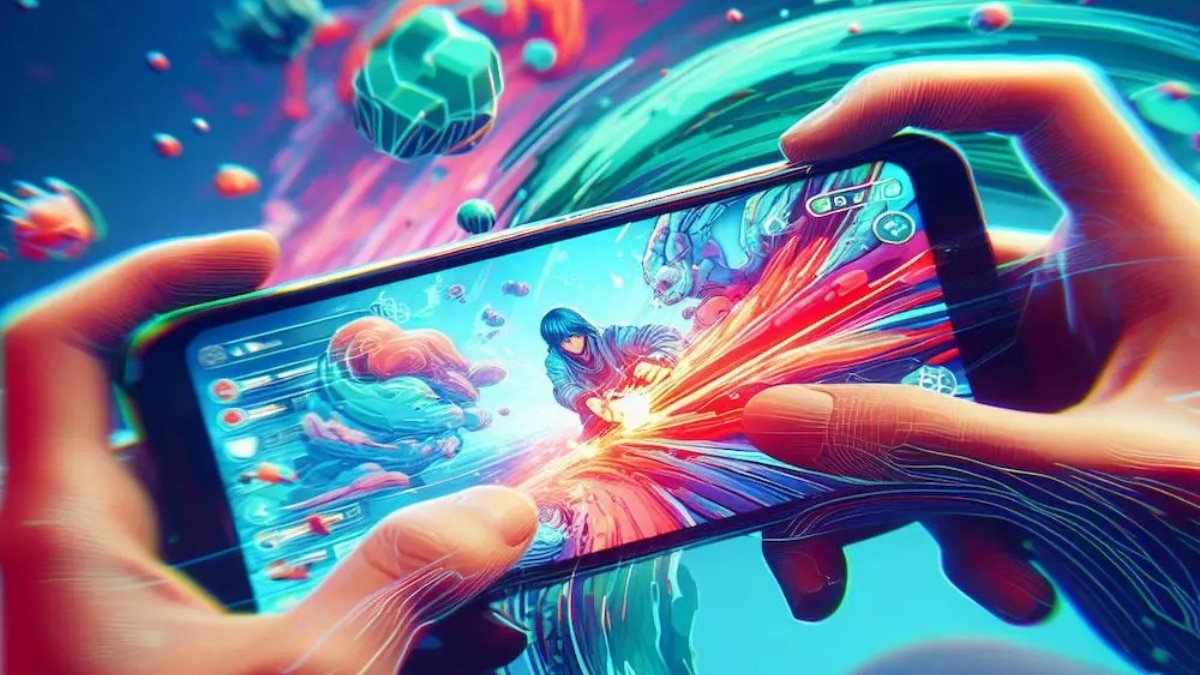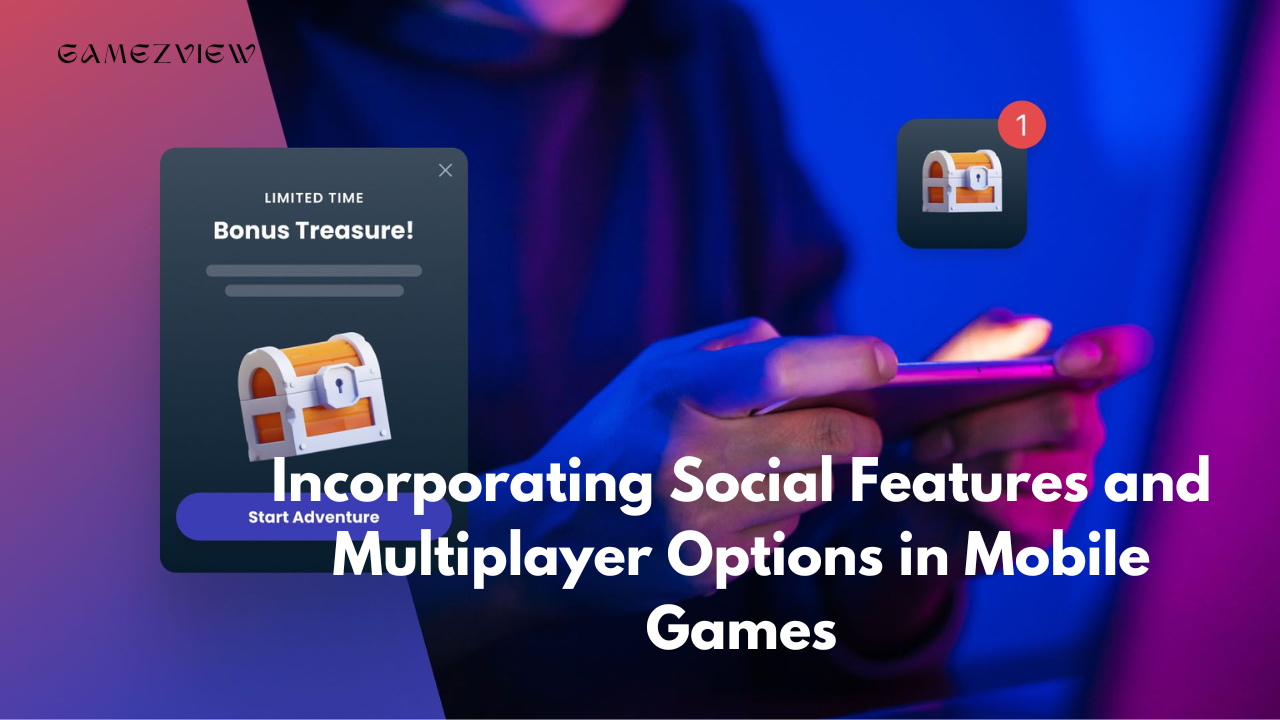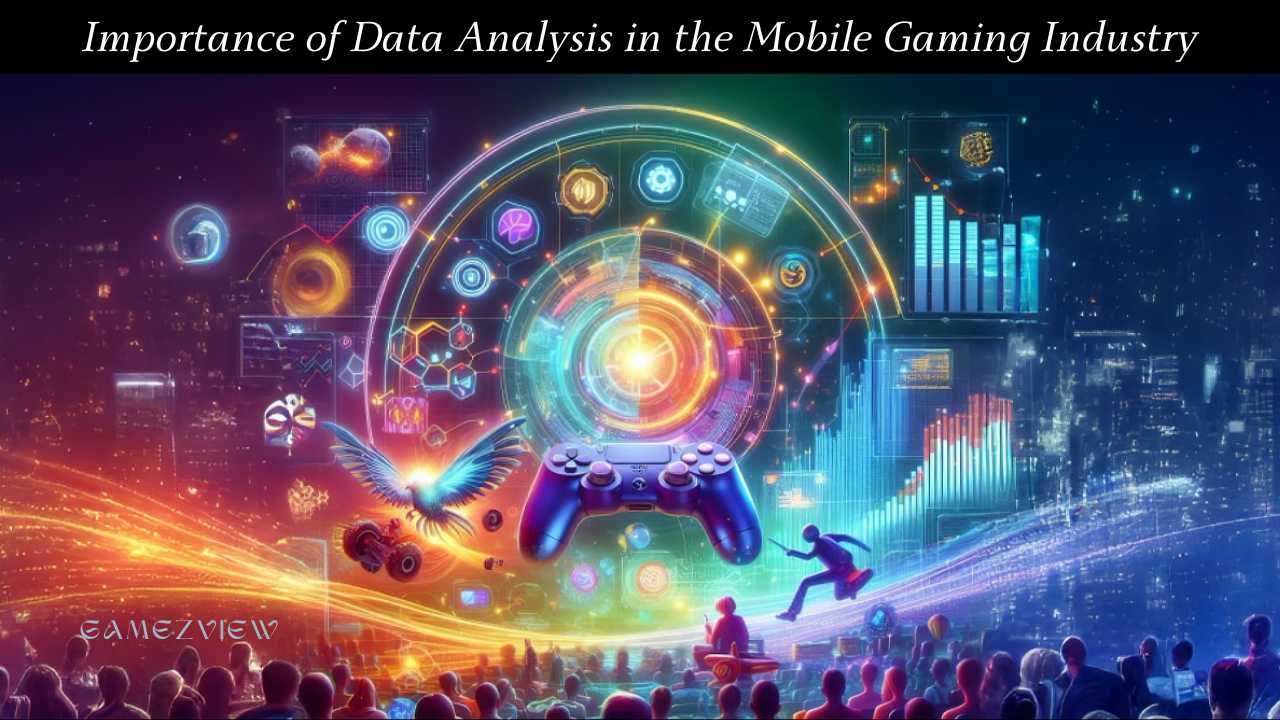The mobile gaming industry has experienced explosive growth over the past decade, transforming from a niche sector into a dominant force in the entertainment world. As mobile devices become increasingly powerful and ubiquitous, game developers are constantly seeking ways to enhance user engagement and retention. One of the most effective strategies to achieve this is by incorporating social features and multiplayer options into mobile games. This approach not only enriches the gaming experience but also leverages the social nature of mobile users to create a more compelling and immersive environment.
The Evolution of Social Features in Mobile Games
Elements of a Successful Mobile Game: Graphics, Gameplay, and More
Early Beginnings
In the early days of mobile gaming, social features were largely limited to basic leaderboards and simple social sharing options. Games like “Angry Birds” and “Temple Run” allowed players to share their scores on social media platforms, marking the first steps towards integrating social elements into mobile games. These early implementations were groundbreaking at the time but were limited in their scope and functionality.
The Rise of Social Integration
As mobile technology advanced, so did the complexity of social features in games. With the advent of smartphones and faster internet connections, developers began to experiment with more sophisticated social mechanics. The introduction of in-game chat, friend lists, and multiplayer modes allowed players to interact more deeply with one another. Titles such as “Clash of Clans” and “Candy Crush Saga” set new standards for social gaming by incorporating features that encouraged collaboration and competition among players.
Modern Innovations
Today, social features in mobile games have evolved to include a wide range of functionalities, from real-time multiplayer modes to extensive social media integration. Modern games often feature dynamic leaderboards, in-game events, and social hubs where players can interact and share their experiences. Games like “Fortnite” and “PUBG Mobile” have taken social integration to the next level by incorporating cross-platform play, live streaming, and community-driven content.

Benefits of Social Features in Mobile Games
Enhanced Player Engagement
One of the primary benefits of incorporating social features into mobile games is the increased level of player engagement. Social interactions can make the gaming experience more enjoyable and rewarding, as players are motivated to connect with friends and compete against others. Features such as leaderboards, achievements, and social challenges create a sense of competition and accomplishment, encouraging players to stay invested in the game.
Improved Retention Rates
Games with strong social components tend to have higher retention rates compared to those without. The ability to interact with friends and join in on cooperative or competitive activities creates a sense of community and belonging. Players are more likely to return to a game if they have established social connections and feel a part of an active and vibrant community.
Increased Monetization Opportunities
Social features can also drive monetization by encouraging players to make in-game purchases and participate in special events. Games that offer exclusive content or rewards for social interactions can generate additional revenue streams. For example, offering special bonuses for inviting friends or participating in social events can incentivize players to spend more on in-game purchases.
Creating Engaging and Addictive Mobile Games: A Comprehensive Guide
Types of Social Features in Mobile Games
In-Game Chat and Messaging
In-game chat and messaging systems allow players to communicate with one another in real time. This feature is essential for multiplayer games where coordination and strategy are key. Players can discuss tactics, share tips, or simply socialize, enhancing the overall gaming experience. Chat systems can be designed to support text, voice, or even video communication, depending on the game’s requirements.
Friend Lists and Social Networks
Friend lists enable players to connect with their real-world friends or other players within the game. This feature often includes the ability to send friend requests, view online status, and compare achievements. Integration with social networks like Facebook or Twitter allows players to invite friends, share progress, and discover new players with similar interests.
Multiplayer Modes
Multiplayer modes are a cornerstone of modern mobile games, offering various ways for players to interact and compete. These modes can range from cooperative gameplay, where players work together to achieve common goals, to competitive modes, where players face off against each other in matches or tournaments. Multiplayer modes can be local (played on the same device or over a local network) or online (played over the internet with players from around the world).
Leaderboards and Achievements
Leaderboards and achievements add a competitive element to mobile games, allowing players to track their progress and compare their performance with others. Leaderboards can be global, regional, or friend-based, providing different levels of competition. Achievements reward players for reaching specific milestones or completing challenges, adding an extra layer of motivation.
Social Hubs and Communities
Social hubs are dedicated spaces within a game where players can interact, share content, and participate in community events. These hubs often feature forums, news feeds, and user-generated content. By creating a centralized location for social interactions, developers can foster a sense of community and encourage players to engage with the game on a deeper level.
In-Game Events and Challenges
Special events and challenges are time-limited activities that encourage players to participate and compete for exclusive rewards. These events can be tied to real-world holidays, game updates, or community milestones. By offering unique content and incentives, developers can drive player engagement and increase retention.
Best Practices for Implementing Social Features
Understand Your Audience
Before incorporating social features into a mobile game, it’s essential to understand the target audience and their preferences. Conducting market research and analyzing player behaviour can provide valuable insights into which social features will be most appealing. For example, younger players might be more interested in real-time chat and competitive modes, while older players might prefer cooperative gameplay and community-driven content.
Ensure a Smooth User Experience
Social features should be seamlessly integrated into the game to ensure a smooth and enjoyable user experience. Avoid cluttering the interface with too many social elements and ensure that interactions are intuitive and easy to access. A well-designed user experience will enhance player satisfaction and encourage them to engage with social features.
Prioritize Privacy and Security
With the integration of social features comes the need to prioritize privacy and security. Ensure that players have control over their privacy settings and can manage who can see their information and interactions. Implementing robust security measures to protect user data and prevent harassment or abuse is also crucial.
Encourage Positive Interactions
Fostering a positive and respectful environment is essential for maintaining a healthy community. Implement moderation tools and guidelines to manage player behaviour and address any issues promptly. Encourage positive interactions by rewarding cooperative play and promoting a friendly atmosphere within the game.
Continuously Update and Improve
Social features should be regularly updated and improved based on player feedback and changing trends. Stay informed about the latest developments in social gaming and be open to experimenting with new features. Regular updates can keep the game fresh and exciting, ensuring long-term engagement and player satisfaction.
Case Studies
“Clash of Clans”
“Clash of Clans” is a prime example of a mobile game that successfully incorporates social features. The game’s clan system allows players to join or create clans, participate in clan wars, and collaborate with other members. This social aspect has been a key factor in the game’s long-term success, fostering a sense of community and competition among players.
“Fortnite”
“Fortnite” has revolutionized the mobile gaming landscape with its extensive social features. The game offers cross-platform play, enabling players to connect and compete with friends across different devices. Additionally, “Fortnite” incorporates live events, social hubs, and user-generated content, creating a dynamic and engaging social experience.
“Words with Friends”
“Words with Friends” leverages social features to create a compelling word game experience. The game allows players to challenge their friends or random opponents, share their progress on social media, and participate in events. The integration of social elements has contributed to the game’s widespread popularity and success.
Future Trends
Integration with Emerging Technologies
As technology continues to evolve, mobile games are likely to incorporate new social features and functionalities. Emerging technologies such as augmented reality (AR) and virtual reality (VR) have the potential to enhance social interactions and create immersive experiences. For example, AR could enable players to interact with their friends in a shared virtual space, while VR could offer more realistic and engaging multiplayer environments.
Increased Focus on Personalization
Personalization is becoming increasingly important in mobile games, and social features are no exception. Future games may offer more personalized social experiences based on player preferences and behaviour. This could include customized friend recommendations, tailored social challenges, and personalized content.
The Importance of User Retention and Engagement in the Mobile Gaming Industry
Expansion of Cross-Platform Play
Cross-platform play is expected to become more prevalent in mobile games, allowing players to connect and compete across different devices and platforms. This trend will further enhance the social aspects of gaming, enabling players to interact with a broader audience and participate in larger-scale multiplayer experiences.
Incorporating social features and multiplayer options into mobile games is a powerful strategy for enhancing player engagement, retention, and monetization. By leveraging the social nature of mobile users and providing opportunities for interaction and competition, developers can create more immersive and rewarding gaming experiences. As the mobile gaming industry continues to evolve, staying ahead of trends and incorporating innovative social features will be key to maintaining player interest and driving long-term success.




